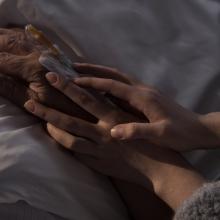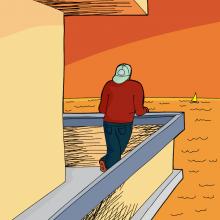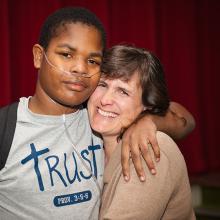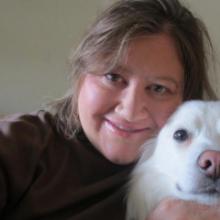hospice
This summer, I opened the pages of Nina Riggs’ memoir on living and dying, The Bright Hour, the same day that I walked into a cancer treatment center for the first time in my life. I’d waited for the publication of this book after reading about her embrace of daily life in Greensboro, N.C., as she faced a terminal diagnosis of metastatic breast cancer. During the short period chronicled in the book, the author watches her mother and her best friend Ginny die of cancer: To say that Riggs — and here I just have to call her Nina — has a familiarity with grief is a bit of an understatement.
I’m a hospice volunteer. I visit several patients each week, just sit down and chat about stuff. I do it primarily for me – it’s who I am, how I’m wired, and I suspect that I get a lot more out of it than the people whom I visit. They share some of the most poignant and difficult and joyful moments with me. And their final days.
At 5 a.m. on a Friday last August, 20-year-old Joshua Jank’s condition was worsening. Nurses at his hospice home in Fort Wayne, Ind. told his mother to gather anyone who wanted to say a last goodbye.
“Josh spiraled downward very quickly,” Brenda Jank told Sojourners. “In less than two weeks he went from being at home without oxygen to being in the hospice house. He just hit it – a perfect storm.”
It was in the midst of that perfect storm that a movement was born.
A “fringe hatemonger” — that’s what I called Fred Phelps in a letter to the editor of The Washington Times in 1999. In response he announced in a news release that he was coming to Colorado Springs to protest the “… false prophet James Dobson and his fag-infested Focus on the Family scam.”
It also challenged my immature understanding of theology. “What if Phelps is right?” I worried. I buried these thoughts for years — though truth be told, they’d surface at nearly every mention of his name.
No one wants to talk about death at the dinner table, at a soccer game, or at a party, says Lizzy Miles, a social worker in Columbus, Ohio.
But sometimes people need to talk about the “taboo” topic and when that happens, they might not be able to find someone who will listen, she says.
“Whenever people hear I’m a hospice worker, they talk to me about death. It doesn’t matter if I’m on an airplane, gambling in Las Vegas, or in a grocery store line,” she said. “I really see firsthand the need to let people talk. It’s my gift to others.”
Her gift sparked the birth of “death cafes” in the U.S., a trend that started in England and is about to take off across America, she said.




